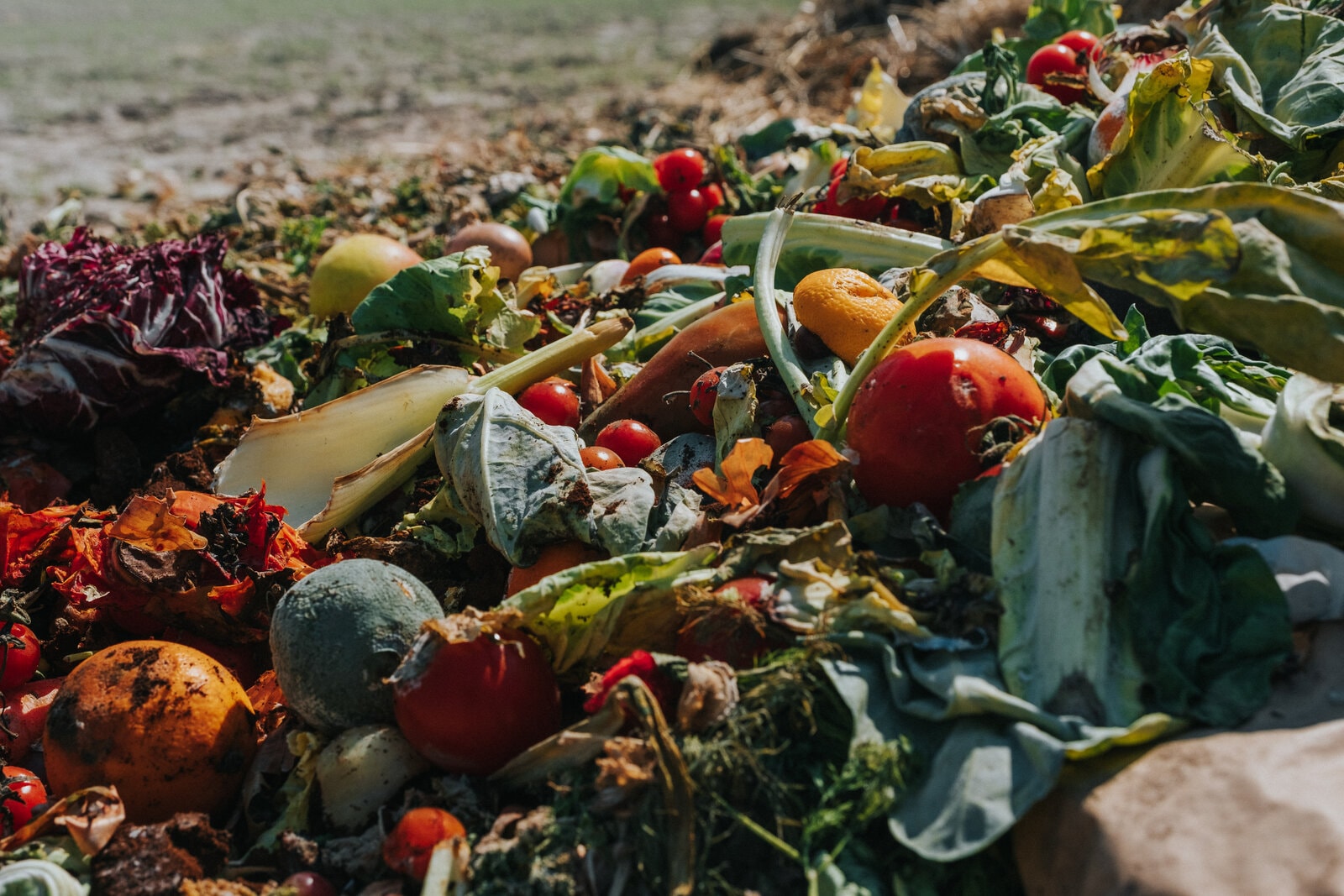MENA is jumping on the food waste to energy train, but there’s still much potential to be capitalized on

How food waste could be a green energy jackpot: Bns of tons food waste is disposed into landfills globally, releasing methane and creating one of the biggest sources of greenhouse gas emissions (GHG) emissions from the waste sector, The New York Times writes. But what is now a polluting force making our climate change fight harder can be flipped to work in our favor. “Collecting food waste from landfills and turning it into renewable natural gas using anaerobic digestion could be a win-win option for both food waste disposal and renewable energy production,” a study published in Journal of Cleaner Production this year concluded.
Where are we now: Some 1.3 bn tons of food waste is thrown into landfills around the world, aggravating the global climate change crisis, data by FAO showed. The waste is estimated to release a carbon footprint of 3.3 bn tons of CO2 into the atmosphere annually, the data shows. The bill for food waste with the elimination of fish and seafood is expensive, with losses annually estimated at USD 750 bn.
Out of the woods: The growing food waste crisis helped set South Korea as a global example in food waste solutions, with the country banning food scraps from landfills since 2005, NYT writes. The South Korean model — which sees the majority of its food waste turning into animal feed, fertilizers and fuel for homes — is currently being considered by governments globally. New York City — which produces 8 mn pounds of daily residential food waste — has been examining Seoul’s system with a plan underway to have all residents separate their food waste from other trash by next fall.
WTE is picking momentum in MENA: The adoption of waste to energy facilities is picking up pace in the region, with several countries opting for the energy recovery solution under its sustainability efforts. The first phase of the AED 4 bn (USD 1.09) 220 MW Dubai Waste Management Centre (DWMC) in Dubai’s Warsan was inaugurated last July. The 400k sqm plant will process and convert 2 mn tons of waste annually, providing clean electricity to power some 135k residential units. The facility, which is expected to be operational by 1Q 2024, is reportedly the world’s “largest and most efficient” WtE plant, officials said.
The waste sector can bring in big money for some: Oman’s waste recycling sector has an economic potential worth RO 400 mn (some USD 1 bn), an assessment by Oman’s state-owned solid waste management firm Be’ah found. The country generates some 2.4 mn tons of recyclable waste per year. North Africa as a whole — excluding the GCC — has an overall economic benefit ranging between USD 12 and 200 mn, according to a study published in the Journal of Environmental Management.
Oman is making strides in the WtE sector: Oman is already leading the way in WtE projects, with the most successful example being its Sharjah plant launched in 2017, which increased the sultanate's landfill waste diversion from 76% to over 90% — the highest in the region, according to their website. The facility has a capacity of processing 300k tons of waste annually while generating 30 MW of clean energy.
And elsewhere: Oman finalized the technical and economic feasibility studies to establish an ambitious WtE plant with Be’ah back in April with an estimated daily capacity of 4.5k tons of municipal waste. It is set to slash the carbon footprint of landfills by 50 mn tons in 35 years, equivalent to 30% of the total emissions of landfill operations in the sultanate.
Fish waste, anyone? Oman’s first biofuels producer Wakud is setting up a fish-waste recycling facility and a vegetable and fruit waste-to-biogas plant, with work expected to begin by 2H 2024. The company operates WtE plants that use waste products including recycled cooking oil — collected in partnership with Tadweer — to produce biofuels for offtakers including Oman Aluminium Rolling Company.
The UAE is hopping on the wagon: Two international consortiums — one led by Japan’s Marubeni and the other by France’s water utility and waste recycling company Suez — submitted proposals to the Emirates Water and Electricity Company and the Abu Dhabi Waste Management Company (Tadweer) last May for the development of a 900k ton capacity greenfield Waste-to-Energy (WtE) IPP facility in Abu Dhabi. The facility will use advanced moving grate incinerators to convert municipal solid waste into electricity with a target commercial operational launch in 4Q 2026.
And Egypt too: Egypt signed a USD 120 mn agreement in April with a consortium led by Renergy Egypt to design, build, own, and operate its new WtE factory in Abu Rawash city. US-based carbon recycling company LanzaTech signed an MoU with Tadweer last February to explore the possibility of establishing a waste to sustainable aviation fuels conversion plant.
The sector still needs to overcome some (smelly) challenges to fully lift-off: Setting sound regulations and technical standards, creating a suitable business model that can attract investors, localizing the supply chain, launching a public information program to mitigate fears of WtE plant pollution and odors, and labor training are all ways to overcome the stagnating phase of the WtE sector, according to a paper (pdf) published in Waste Management & Research.